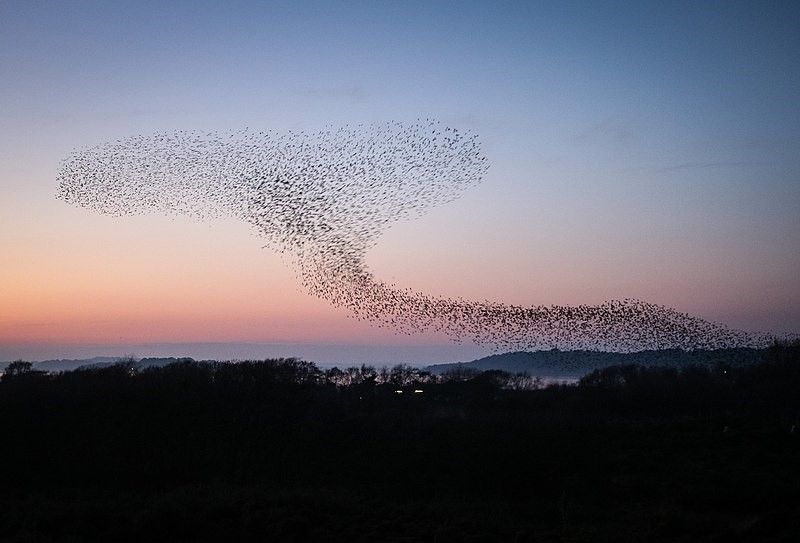As businesses grow, structure brings control - but too much of it kills adaptability - to thrive, businesses must evolve like living systems, not just operate like machines
For most of my career, I believed that businesses were deterministic systems. If you’re not familiar with this term, it means that, with enough information, the future can be predicted (determined). As a strategy consultant, my job was to find as much information as possible and turn that into a forecast or business plan:
“Do these three things and this will happen”
Experience taught me that it never worked out that way! For all the certainty expressed in the ‘hockey stick graphs’ promising success just around the corner, I soon learned that businesses don’t always behave the way they’re supposed to.
This is because businesses are Complex Adaptive Systems (CAS). Let me try and explain this:
Imagine a photograph. If you look at it today then look again in 20 years, the contents of the photograph will not change. Machines are the same - if you know the characteristics of the parts within the machine, you will be able to predict how it will look and behave both today and in the future (give or take a bit of wear).
A Complex Adaptive System is different. In a Complex Adaptive System, the 'parts' of the system interact with one another and the outside environment. Unlike a machine or a photograph, they evolve into new ‘states’ - i.e. they turn into something different.
If you look outside your window you may be able to see trees and plants in a park or garden. These are all Complex Adaptive Systems - all the 'parts' of these ‘systems’ interact with one another and outside elements (sun, rain, soil etc;). You can make some predictions about how a garden will grow in the short term but try and predict what it will look like in 50 years and you will be hopelessly wrong. The same is true even if your window overlooks a busy road in a City. You may be able to predict the characteristics of the City in a year’s time but in 50 years’ time, the street scene may be unrecognisable. Unlike the machine or the photograph - which are ‘closed’ systems whose parts do not interact with one another, Complex Adaptive Systems are ‘open’ systems with interacting ‘parts’.
If you look outside your window you may be able to see trees and plants in a park or garden. These are all Complex Adaptive Systems - all the 'parts' of these ‘systems’ interact with one another and outside elements (sun, rain, soil etc;). You can make some predictions about how a garden will grow in the short term but try and predict what it will look like in 50 years and you will be hopelessly wrong. The same is true even if your window overlooks a busy road in a City. You may be able to predict the characteristics of the City in a year’s time but in 50 years’ time, the street scene may be unrecognisable. Unlike the machine or the photograph - which are ‘closed’ systems whose parts do not interact with one another, Complex Adaptive Systems are ‘open’ systems with interacting ‘parts’.
Species, cities, economies, gardens and plants are all Complex Adaptive (open) Systems. This means that their future states cannot be predicted from their current states. They will change and new properties will ‘emerge’:

Business is also a Complex Adaptive System. The way it looks today is not how it will look in 50 years - or even tomorrow. All the parts of the system (employees, business processes, products) will be interacting with each other and external parts (customers, markets, regulation). Indeed, many of these system ‘parts’ are themselves constantly evolving systems: employees change as they grow and interact with others; customers change as their needs alter according to their environment; business processes, technology and products will also change.
Now this seems obvious, right?
But it’s not at all how we design businesses (or teams). Instead of seeing them as Complex Adaptive Systems (CAS) going through lifecycle changes, we see them as behaving more like ‘photographs’ or ‘machines’. This means that we make plans about future states (of the business) based on current states (known as extrapolation). There is obviously a good deal more to business planning than simple extrapolation, but my point is this - we design businesses as though the information we hold today tells us everything we need to know about the future. We then develop norms, processes, products and technology that are perfect for today’s system state - but are woefully inadequate for different contexts or future states.
But it’s not at all how we design businesses (or teams). Instead of seeing them as Complex Adaptive Systems (CAS) going through lifecycle changes, we see them as behaving more like ‘photographs’ or ‘machines’. This means that we make plans about future states (of the business) based on current states (known as extrapolation). There is obviously a good deal more to business planning than simple extrapolation, but my point is this - we design businesses as though the information we hold today tells us everything we need to know about the future. We then develop norms, processes, products and technology that are perfect for today’s system state - but are woefully inadequate for different contexts or future states.
Does this mean businesses:
Shouldn’t make plans?
Design processes?
Build technology?
Shouldn’t make plans?
Design processes?
Build technology?
No. It means that businesses must be adaptable. Instead of designing teams, products or plans that address a single, unchanging system state (like a photograph), they need to build modularity and adaptability into everything they do. This is how biological systems work - over many generations they become ‘ordered’ (with rules and codes such as DNA or physical morphology) but they retain enough adaptability to respond to novelty (change).
Some businesses do this instinctively but many become overly focussed on ordering their system (i.e. removing variation, noise, waste, redundancy). This is great for efficiency but terrible for adaptability. Now of course, this doesn’t mean that you should not eliminate waste and inefficiency from your products, processes and teams - you should! But if you make a system so ordered that it loses its adaptability, then you will not be able to respond to change.
Let me explain this with a metaphor:
Imagine a bowl of marbles. Can you control the flow of the marbles by pushing just one marble? It is useless, right? Now glue all the parts together. What changes? Like a lever, you can now control the marbles from one position. If you push in one place, you can predict how the marbles will move.
As businesses grow, we have a tendency to ‘glue together parts’ with rules, processes, technology and norms. This means the business can be managed more easily (usually from the top). This is useful in stable systems.
But what happens if you drop something heavy on your marbles? If they are glued together, they’ll smash. If they are separate, they will scatter and re-organise.
This is an important insight for businesses. As you grow your business, you will want to ‘glue together’ some of the parts to make it easier to control (standardise its processes and flows). But you will lose some adaptability when you do this. Systems that are very inter-connected and ‘glued together’ struggle to adapt to shocks.
The solution to this is to build businesses that more closely mirror biological systems (with parts that are continuously 'recombining' in the face of environmental pressures).
Think about the evolution of language. Language is a Complex Adaptive System that absorbs change by re-organising into new combinations. By 'recombining' letters, phonemes or words, we generate new meaning. The word “Brexit” (Britain + Exit) is a perfect example of this.
What is actually happening here?
Now imagine the same thing for a company:
Now imagine the language is rigid. Instead of being adaptive, there are strict rules of use. New words are not allowed. Responding to new cultural states is difficult - you are restricted in what you can say. Whatever you try, it’s not allowed. You give up and no-one learns how to communicate the new system state. This causes chaos and breakdown.
The same thing happens in businesses. Instead of being adaptive, there are strict rules and procedures or legacy systems. New approaches are not allowed (everything has to go through a committee or be done ‘this way’). Responding to change is difficult - you are restricted in what you can try. Whatever you try, it’s not allowed. You give up and no-one solves the problem. This causes chaos and breakdown.
When you build a business you are trying to balance the efficiency you get from rules, procedures and embedded technology (i.e. the ‘glue’) with the innovation you get from recombining parts (i.e. experimentation). This is a huge challenge! It’s a tightrope between too much chaos and too much order.
Indeed, complexity scientists talk about systems that operate at the ‘edge of chaos’ - this means they walk a tightrope between order and chaos. But the wonderful thing about the ‘edge of chaos’ is that it is also where transformation takes place!
When businesses recognise that they are Complex Adaptive Systems, not simple machines or photographs, they can build a culture that incorporates novelty and change without losing efficiency:
This is the first of these posts and I don’t want to overwhelm you if you’re new to systems thinking. I have introduced a lot of new terminology here so I've produced a glossary of terms at the bottom of this post.

